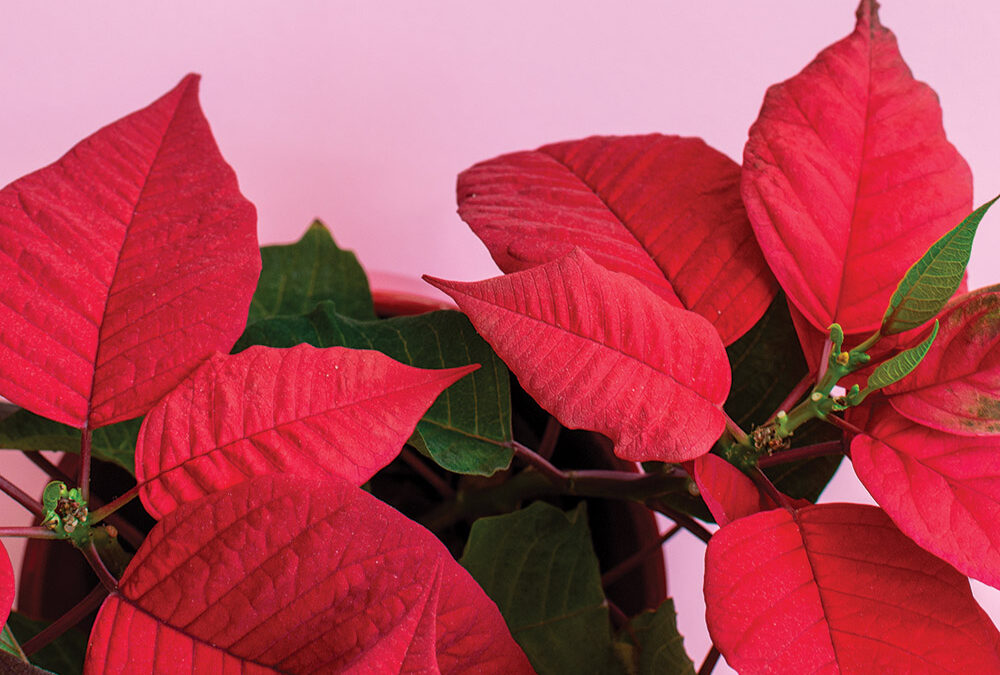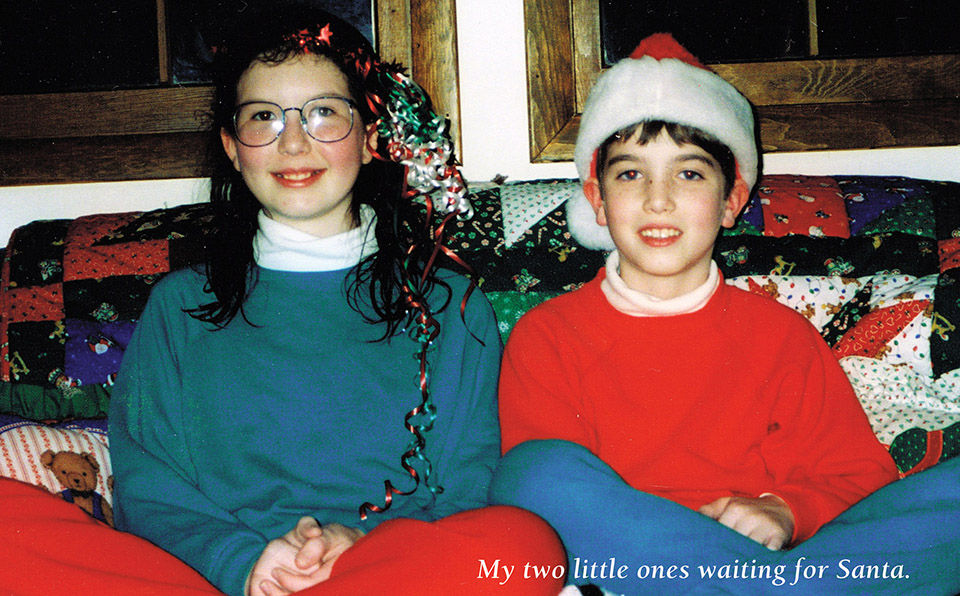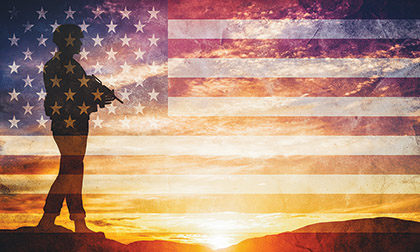
JeanAnn’s Journey–New Year New You!
By Jean Ann Taylor
This catchy little phrase gets a lot of publicity in January. Many of us take a look at our lives each new year and reassess where we are and where we want to be. Some of us then make the decision to create a “new you,” or to “reinvent” ourselves. The primary purpose of reinvention is to give ourselves the gift of living authentically.
I’ve “reinvented” myself several times over. I reinvented myself when I became a mom, when I worked in a professional career environment, and when I got out. I reinvented myself after surviving cancer and as an empty-nester. I reinvented myself from a “reserved-introvert” to a “social-introvert” so I could compete in dance competitions and speak to large groups of people. Reinvention isn’t something I do each New Year; it’s something I do regularly to keep up with the person I become as I go through my life. I’ve found that reinventing myself is essential for my happiness and personal fulfillment.
I think it’s unrealistic to expect that the dreams and goals you have at 20-something will always be the same at 60-something. Those first objectives served a purpose and may have given you joy—and money—but that doesn’t mean the career you choose at 25 can’t change when you are 45. Life is ever-changing, and reinvention helps us honor our personal values as we go through our journey.
The motivation to reinvent ourselves often comes from feeling dissatisfied or unhappy with our current situation. I’ve learned that this initially feels awful, but if you take a good look, you’ll realize that the uncomfortable emotions are actually sending the message that it’s time to make a change. This yearning or dissatisfaction keeps us from staying in paralyzing circumstances. Without the anxious or restless feelings, we may never reach the point where we say, “This is enough.” Only when we acknowledge our truth can we begin the search for new experiences or changes that will lead to living a fulfilled and authentic life.
There are also times when serendipitous occurrences lead to the desire for reinvention. You may decide to learn a new skill for a specific project and then realize that you have discovered a new passion. This can lead to the desire to make changes in your life so you can explore these possibilities further.
Happy, fulfilled lives don’t just happen; they require work, focus, and a desire to live authentically. When you are feeling stuck, the first thing to ask yourself is, ‘What do I want?” Sounds simple, right? It’s not. I love the line in Alice in Wonderland when Alice asks the Cheshire Cat which path she should take. His simple answer says everything, “That depends on where you want to go.” Ask yourself: How do I want to live my life? What gives me joy? What do I have to do to make my dream a reality? To answer these questions, you must know who you are at every stage of your life. It’s good to know that it’s never too late to reinvent yourself. I know an 80-year-old lady who recently began taking dance lessons, and she just entered her first dance competition! Changing who you are and being willing to take risks requires courage, drive, energy, focus, and planning; but the results are fulfillment, contentment, happiness, and inner peace.
“New Year, New You” can be more than just a January expression when you adopt it as the motivation you need to take a conscious look at your life. You can then create changes that will make you healthier, happier, and more fulfilled. Reinvention can give your life meaning because living authentically is really the only way to live your life with purpose, and to have your wishes and dreams realized.
Happy New Year!




